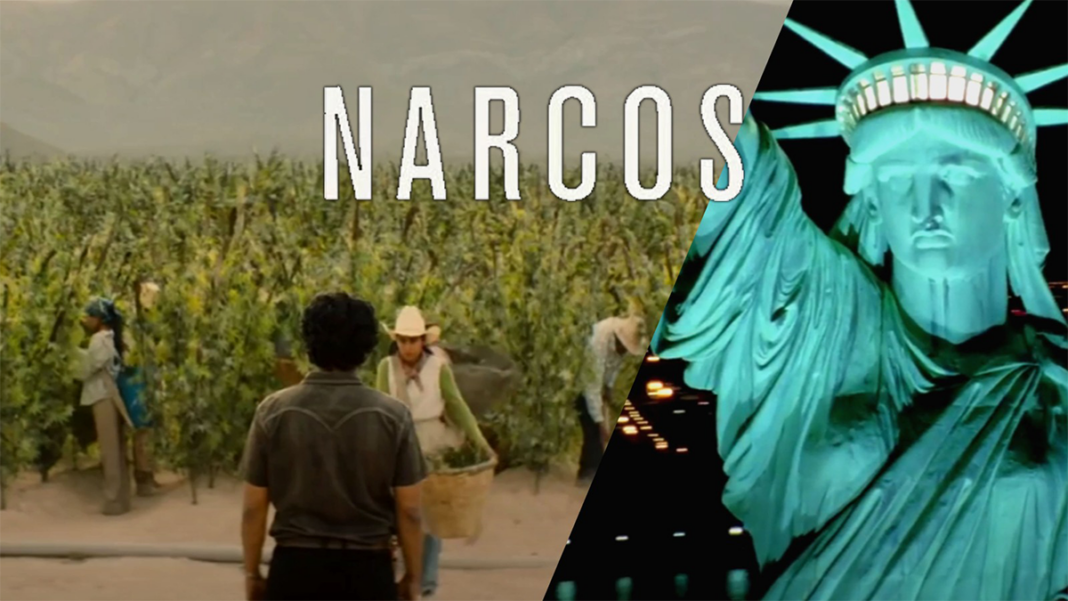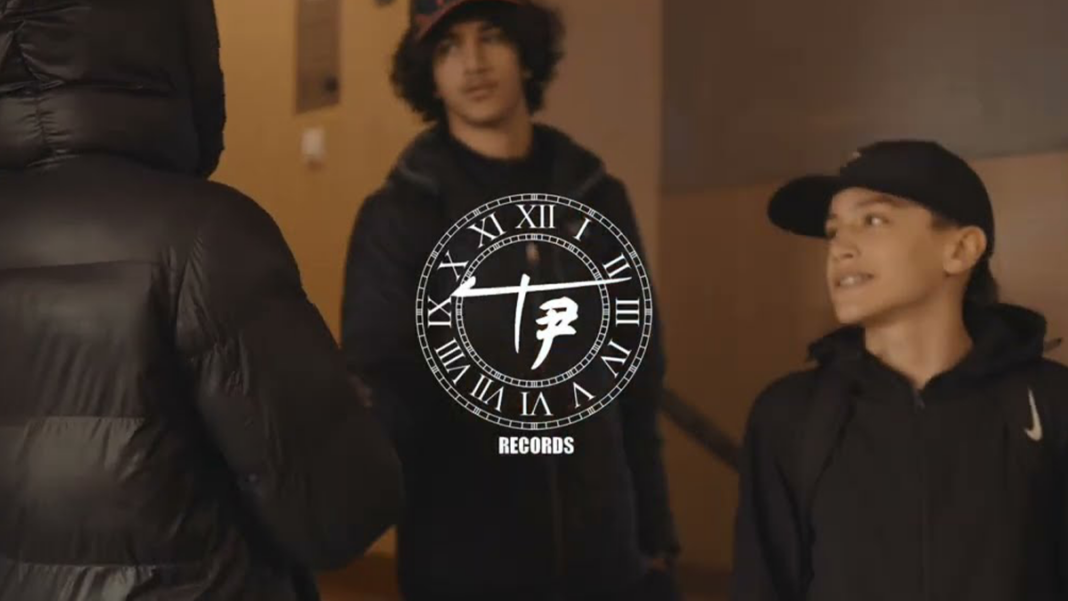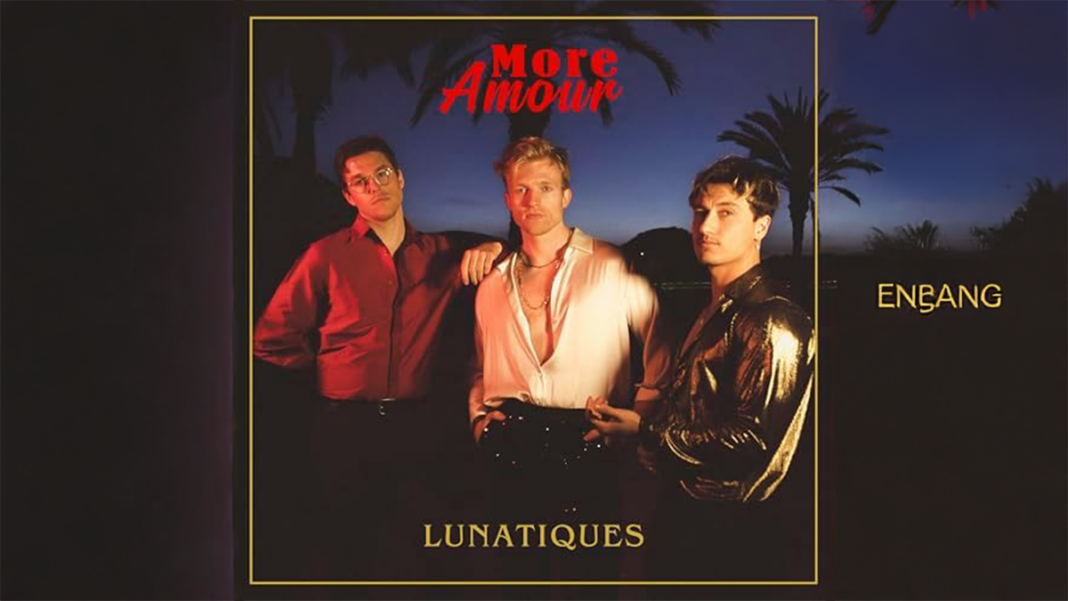Cinema uses a wide range of visual techniques to enhance the image. Some effects are designed to influence the viewer’s perception—after all, the atmosphere in a horror scene is vastly different from that in a romantic sequence. Color grading (the choice of hues and tones) plays a crucial role in this process. A recurring phenomenon in feature films (since the advent of color in cinema) is the use of specific color filters to evoke cinematic genres, emotions, and even cultural or discriminatory perceptions (the topic of this article).
When it comes to film genres, Hollywood has shaped global ideas of how color represents style. For instance, apocalyptic films like “Terminator” are often grey and washed-out, whereas horror films tend to feature dark, bluish tones. Over time, technological advancements have made it easier and more precise to manipulate filters throughout the history of cinema.
The Blue Filter: Safety, Modernity, and Visual Appeal
In many films and TV series, blue filters—often soft and bright—are frequently used to portray developed countries or modern urban environments. These “blues” suggest calm, safety (for example: “Contagion”, “Traffic” when the action takes place in a Western country, notably the USA), purity, and utopian futuristic societies (such as in “Minority Report”).
The Yellow Filter: Insecurity and Tension
In contrast, while blue-tinted scenes often convey positive aspects of a setting—typically in so-called rich countries—yellow filters, often “dirty” or dull, are frequently used to imply the exact opposite. Common in Hollywood cinema, these filters often appear in scenes set in Mexico (such as “Sicario”, “Man on Fire”), a country which, perhaps not coincidentally, shares a tense border with the USA and is subject to significant prejudice from American audiences. These filters are even nicknamed “Mexican filters”. Unsurprisingly, these visual effects also appear in TV series and films set in Africa, the Middle East, Asia, and even parts of Eastern Europe, implying these regions are less developed than Uncle Sam’s homeland.
These filters create a sense of stifling heat and dust, portraying a harsh, hostile, earthy environment… a kind of insecurity (the total opposite of the bright blue filters), and can even cause a slight visual discomfort for the viewer. In certain films, their use clearly highlights the contrast between scenes set in developed countries and those in the Global South (as seen in “Traffic”, “Rambo: The Last Blood”, “Narcos”, “Breaking Bad”, etc.).
Beyond the above-mentioned examples, hundreds of films use these techniques, including:
- “Lion” and “Slumdog Millionaire” when portraying India.
- “Black Hawk Down” to represent Somalia, even outside of battle scenes.
- “City of God”, where the favela scenes are heavily yellow-tinted.
- “The Kingdom”, set in Saudi Arabia.
A Commonly Criticized and Potentially Discriminatory Approach
The use of yellowish filters deserves criticism for being stereotypical and sometimes biased—especially when paired with certain narratives and themes (as in “Traffic” and “Narcos”). In many cases, Mexico is depicted as a hostile, violent place, while the United States is framed as a safe haven—despite frequent mass shootings and murders. It’s clear that the overuse of yellow filters fosters negative assumptions about Mexico in the minds of many viewers, even though popular tourist areas are often very safe. This pattern also repeats for other countries affected by the “Mexican filter”, reinforcing a cinematic imagery that subconsciously shapes viewers’ opinions.
In short, while color grading is a powerful narrative tool for cinematic genres and sequences, its systematic use to portray certain regions raises questions about how cinema‘s visual choices impact our perception of reality, and ultimately, how we see a country and its people.
Sources:
- Courrier International
- Hitek
- David Bordwell & Kristin Thompson. Film Art: An Introduction (2019)
- John A. Bateman. Text and Image: A Critical Introduction to the Visual-Verbal Divide (2014)
- Case studies: Traffic (Steven Soderbergh, 2000), Sicario (Denis Villeneuve, 2015), Blade Runner 2049 (Denis Villeneuve, 2017), Breaking Bad (Vince Gilligan, 2008–2013)


